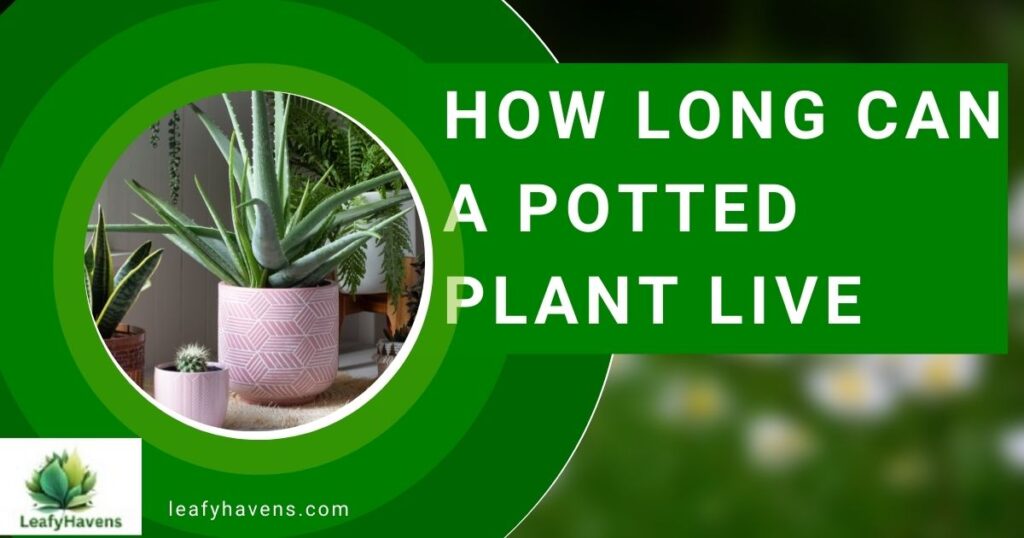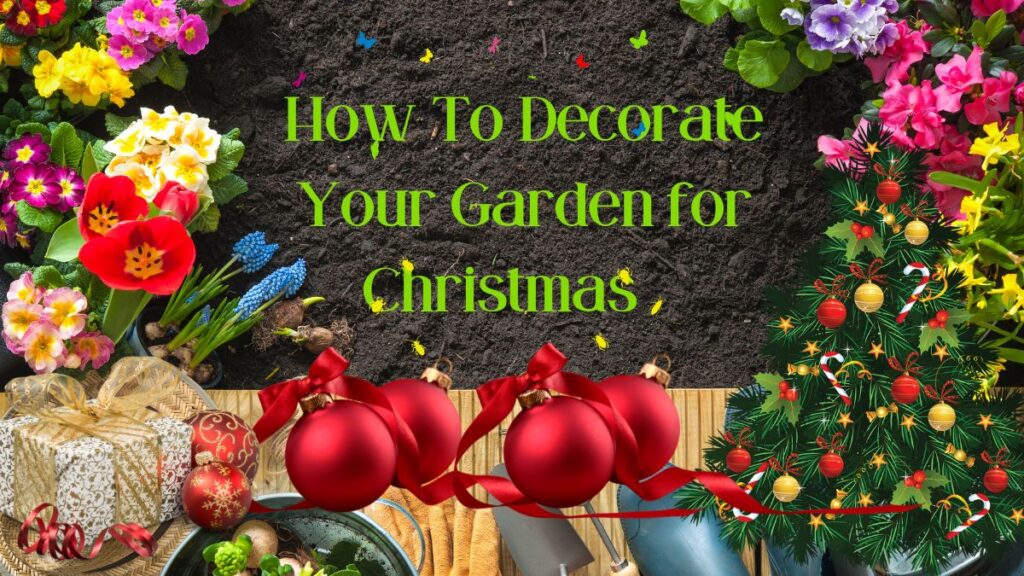Adding a touch of nature and enhancing the atmosphere, potted plants are a pleasant addition to any area. You’re not the only person who has ever wondered how long can a potted plant live. A potted plant’s lifespan is influenced by its surroundings, type, and level of care. We’ll explore these facets in this post and offer practical advice to ensure the long-term health of your potted plants.
- Factors Influencing the Lifespan of Potted Plants
- How to Prolong the Life of Your Potted Plants
- Popular Long-Lasting Indoor Plants to Consider
- Signs That Your Potted Plant Needs Extra Care
- Why Invest in Long-Lasting Indoor Plants?
- 5 FAQs About How Long Can a Potted Plant Live?
- Final Words on Maximizing Your Plant's Lifespan
You may want to read: How to Rewild Your Yard
Factors Influencing the Lifespan of Potted Plants
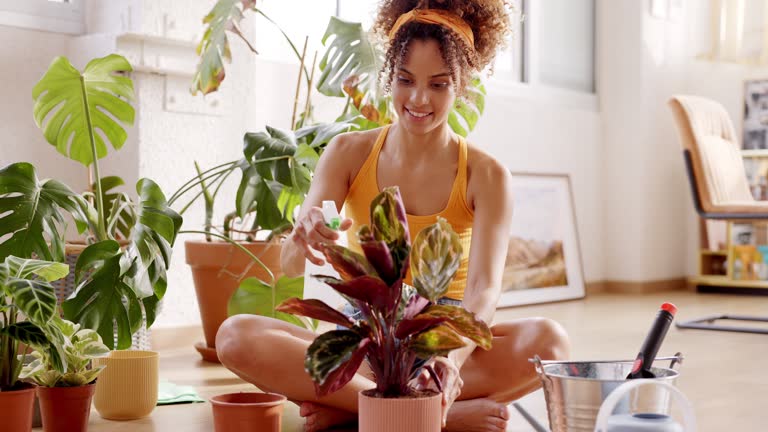
1. Type of Plant
Certain plants that live the longest naturally have longer lifespans. For example, succulents, cacti, and some trees can live for decades. On the other hand, annual flowering plants typically last only a single growing season. If you’re aiming for long-lasting indoor plants, opt for hardy species like pothos, snake plants, or rubber trees.
2. Care and Maintenance
Proper care plays a vital role in extending the life of a potted plant. Here’s what you need to consider:
- Watering: Overwatering or underwatering can stress plants and shorten their lives. Always check the soil’s moisture level before watering.
- Fertilization: Providing the right nutrients at the right time helps plants grow healthy and strong.
- Pruning: Removing dead leaves and branches encourages fresh growth and prevents diseases.
- Repotting: As plants grow, their roots need more space. Repotting every few years prevents root-bound conditions.
3. Environmental Conditions
- Light: Every plant has specific light needs. While some thrive in bright, direct sunlight, others prefer shaded areas.
- Temperature: Extreme heat or cold can stress plants. Maintaining a consistent indoor temperature is ideal for long-lasting indoor plants.
- Humidity: Tropical plants like ferns and orchids require higher humidity levels to thrive.
4. Soil Quality
The soil used in pots should provide good drainage and retain the necessary nutrients. Using the wrong type of soil can affect the plant’s ability to grow and survive.
How to Prolong the Life of Your Potted Plants
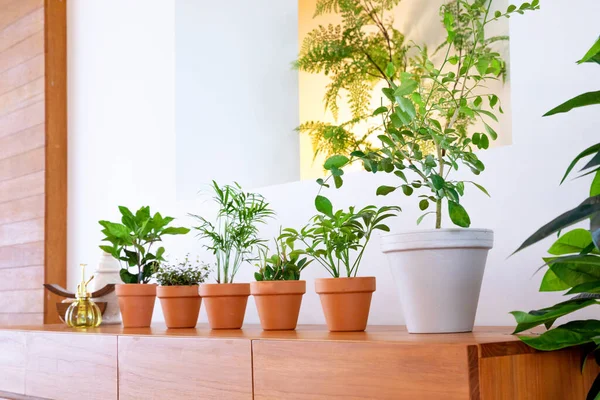
Step 1: Choose the Right Plant
Begin by selecting a species suited to your lifestyle and environment. If you’re new to gardening, opt for hardy and low-maintenance plants like pothos or peace lilies. For those seeking plants that live the longest, consider bonsai trees, jade plants, or cacti.
Step 2: Use the Right Pot and Soil
The pot should have drainage holes to prevent waterlogging. Use a high-quality potting mix tailored to your plant type. For example:
- Succulents need well-draining soil.
- Ferns prefer soil that retains moisture but drains excess water.
Step 3: Water Smartly
Each plant has unique watering needs. Here are general tips:
- Stick your finger about an inch into the soil. If it feels dry, it’s time to water.
- Use room-temperature water to avoid shocking the roots.
- Water less frequently during winter, as plants’ growth slows down.
Step 4: Provide Adequate Light
Place your plants in spots where they receive their preferred amount of light. If natural light is insufficient, consider using grow lights.
Step 5: Repot When Needed
Signs that your plant needs repotting include:
- Roots growing out of the drainage holes.
- Slow growth or yellowing leaves.
- Soil drying out too quickly after watering.
Repot your plant in a slightly larger container with fresh soil to encourage continued growth.
Step 6: Monitor for Pests and Diseases
Check leaves and soil regularly for pests like aphids, spider mites, or fungus gnats. Use neem oil or insecticidal soap to tackle infestations. Remove any affected parts of the plant to prevent the spread of diseases.
Popular Long-Lasting Indoor Plants to Consider
1. Snake Plant (Sansevieria)
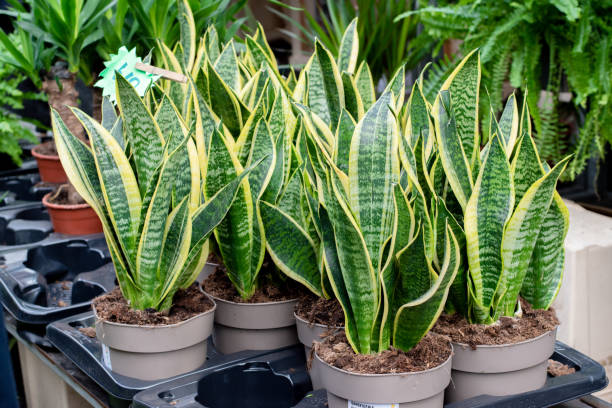
Known for its air-purifying properties, the snake plant is one of the easiest to care for. With minimal watering and indirect light, it can live for decades.
2. Peace Lily (Spathiphyllum)
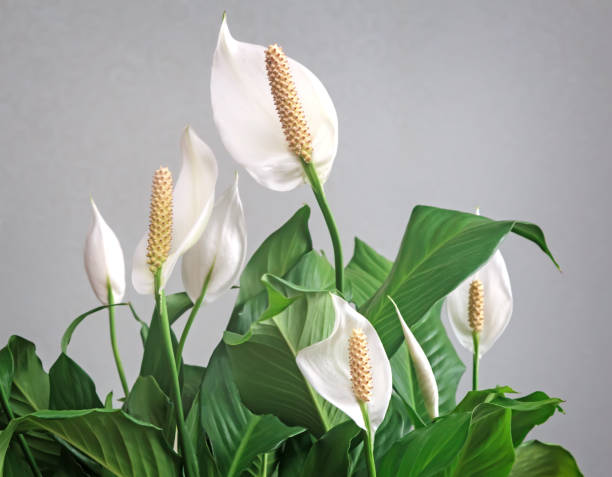
A symbol of tranquility, peace lilies thrive in low light and require moderate watering. They are ideal for beginners.
3. Fiddle Leaf Fig (Ficus lyrata)
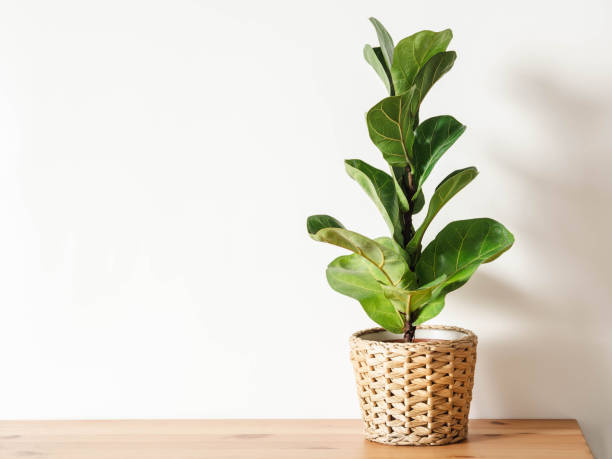
While it needs consistent care and bright light, a well-maintained fiddle leaf fig can live for many years.
4. Rubber Plant (Ficus elastica)
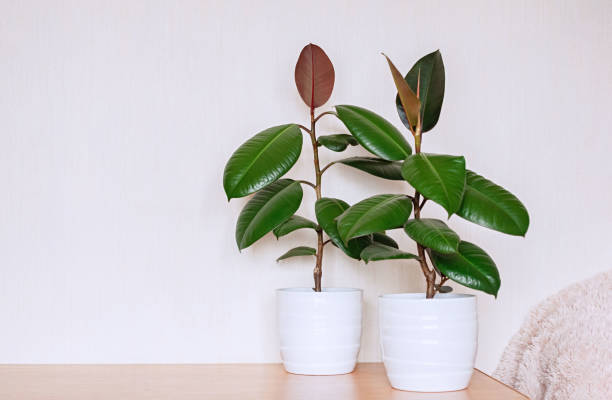
This low-maintenance plant grows well in bright, indirect sunlight and moderate watering.
5. Aloe Vera

In addition to its medicinal benefits, aloe vera is a hardy plant that can last for years with proper care.
Signs That Your Potted Plant Needs Extra Care
Even with the best practices, plants may show signs of distress. Here are some common issues:
- Yellowing Leaves: Indicates overwatering, nutrient deficiency, or poor light conditions.
- Wilting: Could be caused by underwatering, pests, or root problems.
- Brown Leaf Tips: Often a sign of low humidity or over-fertilization.
- Slow Growth: Check for root-bound conditions or inadequate nutrients.
Address these problems quickly to ensure your plants remain healthy and vibrant.
Why Invest in Long-Lasting Indoor Plants?
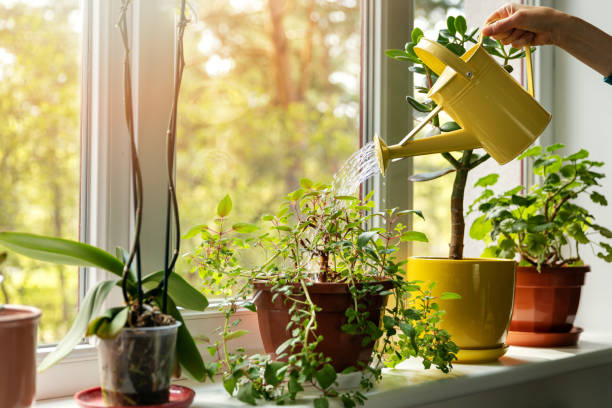
- Aesthetic Appeal: Enhance the beauty of your home or office with greenery.
- Air Quality: Many indoor plants improve air quality by filtering toxins.
- Stress Relief: Studies show that caring for plants reduces stress and promotes mental well-being.
- Sustainability: Investing in plants that live for years is cost-effective and eco-friendly.
5 FAQs About How Long Can a Potted Plant Live?
1. What is the average lifespan of a potted plant?
The lifespan varies by plant type. While annuals last a single season, hardy plants like cacti or rubber plants can live for decades with proper care.
2. Can potted plants live forever?
Technically, no. However, with excellent care and regular repotting, some plants can live for many decades.
3. Which potted plants are the easiest to maintain?
Long-lasting indoor plants like pothos, snake plants, and peace lilies are ideal for beginners due to their low-maintenance nature.
4. How often should I repot my potted plants?
Most plants require repotting every 2-3 years. However, faster-growing species may need repotting annually.
5. What’s the best way to extend a potted plant’s life?
Focus on consistent care: proper watering, adequate light, suitable soil, and pest control. Choosing resilient plants also helps.
Final Words on Maximizing Your Plant’s Lifespan
Understanding how long a potted plant can live depends on its type and care. By following the tips in this guide and choosing long-lasting indoor plants, you can enjoy lush greenery for years. Whether you’re a seasoned gardener or just starting, investing in the right plant and providing consistent care will bring beauty and life to your space.
Shop confidently for potted plants, knowing they can become a long-term part of your home with the right care!

